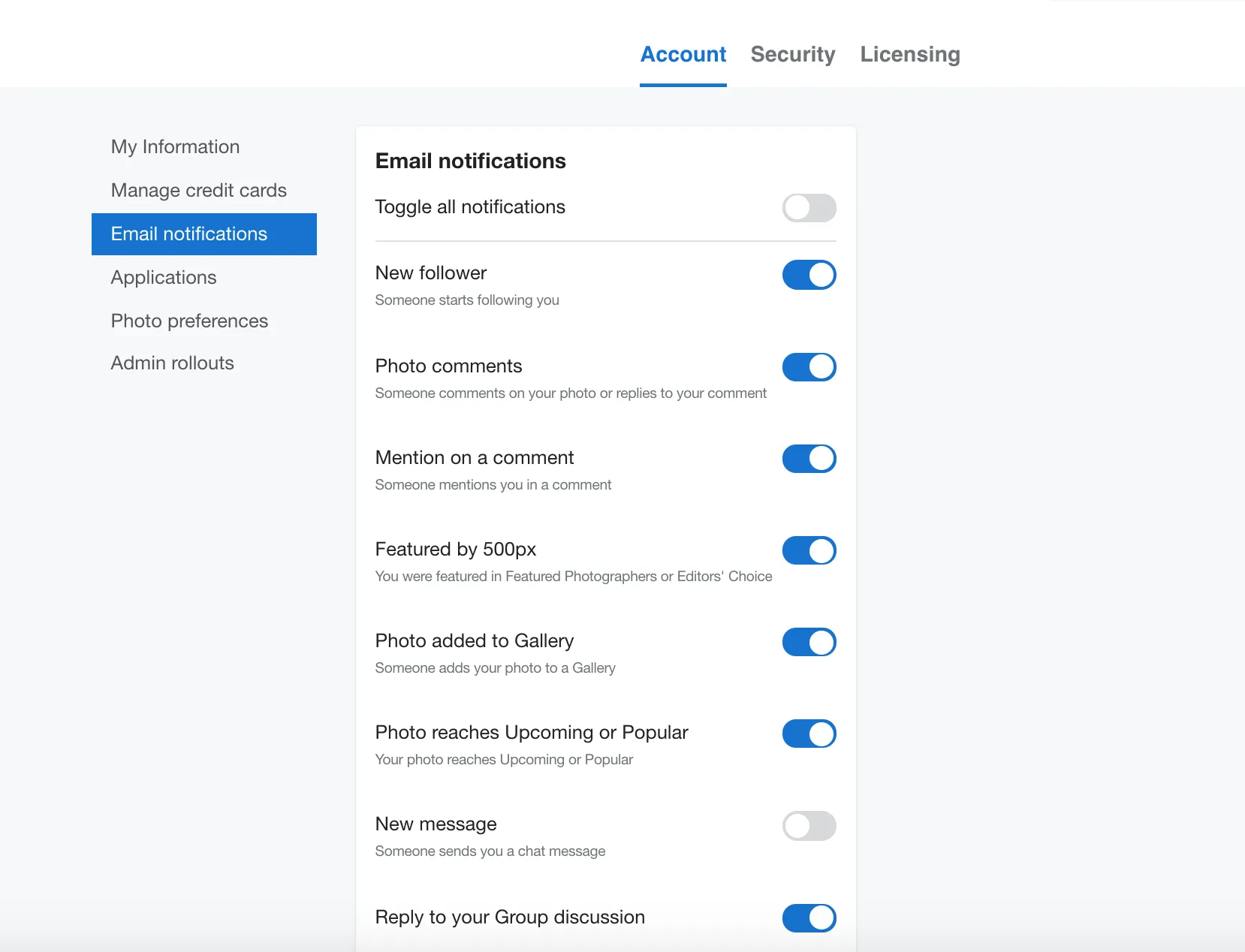Delving into the cloud-drenched domain of Azure Managed Service Providers (MSPs)? Or perhaps, you’re an established player trying to finetune your pricing strategy? Whichever the case, this article will illuminate the territory of Azure MSP pricing like never before. Let’s dive right into it!
The Art and Science of Azure MSP Pricing
Calculating the ‘right’ price for Azure services can be a bit like trying to navigate a cloud (pun intended). It’s not just about understanding the cost specifics, but also about wrapping your head around what the market is willing to pay. The secret lies in dancing the delicate balance between competitive pricing and reliable service delivery. So, how do you achieve this?
Strategy Spotlight: ‘The Best Practice’ Approach
Here comes the million-dollar question – what is the best approach to pricing for Azure MSPs? You’ll find the answer is not that simple. The ‘best’ approach is often circumstantial, relying heavily on factors such as the market scenario, client expectations, and service complexities. However, certain strategic patterns have proven effective across diverse scenarios. Let’s explore these:
1. Understand Your Cost Structure
-
Deep dive into your financial analysis. Understanding costs related to service delivery, customer support, license management, and more can help you shape a realistic pricing structure.
-
Don’t overlook the “hidden” costs: administrative overhead, staff training, tools, and tech support. Include these elements into your pricing equation.
2. Pricing Models to Consider
-
Per User Pricing: This is one of the most simplistic and transparent pricing models. You charge for each user who is receiving the service. Easy to understand, right?
-
Tiered Pricing: Here you set different price levels for different service bundles. It allows flexibility for clients with varying service needs and budget constraints.
-
Value-based Pricing: In this model, you price services based on the perceived or estimated value they will deliver to the customer. This requires a deep understanding of your customer’s business.
3. Keep an Eye on the Competition
Remember, you’re not operating in a vacuum. Understand your competitors’ pricing methods and ensure you deliver superior value at comparable prices.
4. Provide Transparency
Ensure clients see what they’re paying for. Transparency builds trust, and trust leads to business longevity.
Frequently Asked Questions
Why is understanding the cost structure important?
Understanding your cost structure is integral to developing a profitable pricing strategy. It helps you prevent underpricing or overpricing your services.
What is value-based pricing?
Value-based pricing is a model where prices are based on the estimated or perceived value the service brings to the client. It’s not about the cost to provide the service, but about its impact on the client’s business.
So, are you ready to revamp your pricing strategy? Remember, the ‘best practice’ is not set in stone. It evolves and adapts to market dynamics and client expectations. Mastering the art and science of pricing is about staying flexible, keen, and confident. After all, in this cloud-driven realm of Azure, the sky is the limit!

